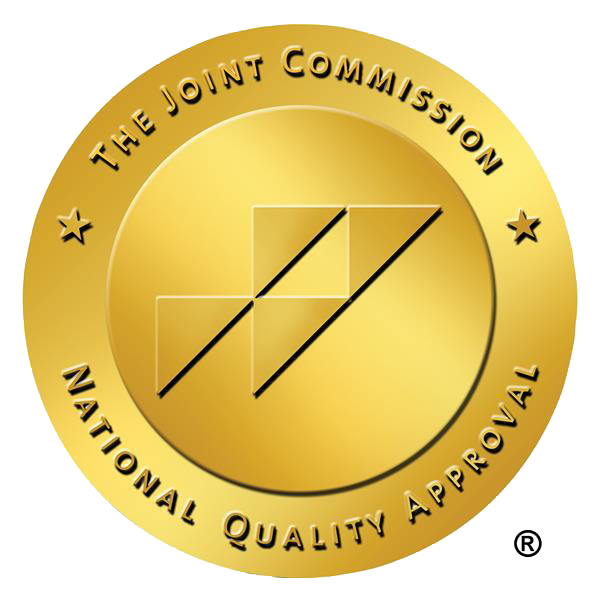Diagnosing Mood Disorders
Managing mood disorders starts with an accurate diagnosis, which necessitates a discerning eye and a comprehensive understanding of mental health. A detailed assessment at specialized clinics lays the groundwork for understanding the unique aspects of an individual’s mood disorder. However, the process is not straightforward; it involves differentiating mood disorders from other conditions like:
- Generalized anxiety disorder
- PTSD
- Substance use disorders
- Personality disorders
These conditions can present with similar symptoms.
Mental Health Professional’s Role
In the complex journey of diagnosing mood disorders, mental health professionals serve as navigators. They are essential in performing the thorough health history and psychiatric evaluations necessary to pinpoint the condition affecting an individual. Especially with children, who may not articulate their feelings as clearly as adults, a mental health professional must employ a nuanced approach to uncover the symptoms of a mood disorder.
These specialists not only diagnose but also craft the treatment plans and provide ongoing support to both the individuals affected and their families.
Diagnostic Criteria
Professionals use the diagnostic criteria for mood disorders, as outlined in the DSM-5, as their roadmap. This includes symptom-specific checklists and a careful consideration of co-occurring conditions to ensure an accurate diagnosis. With these tools, mood disorders diagnosed can be better managed and treated.
The mood disorder classification includes the following disorders:
- Major depressive disorder
- Persistent depressive disorder (dysthymia)
- Bipolar disorder
- Cyclothymic disorder
- Disruptive mood dysregulation disorder (recent addition)
- Premenstrual dysphoric disorder (recent addition)
These additions reflect the evolving understanding of these conditions.
For bipolar I disorder, the presence of at least one manic episode is a defining criterion, while persistent depressive disorder requires a chronic state of depression lasting two years or more.
Misdiagnosis Risks
Misdiagnosing mood disorders can have severe consequences, such as ineffective treatments that may worsen the condition, cause confusion, and undermine trust in healthcare professionals. Misdiagnosis can stem from a multitude of factors, such as the presence of drug-induced symptoms or a patient’s hesitation to disclose sensitive information. Moreover, the challenge of providing culturally competent care adds another layer of complexity to achieving an accurate diagnosis.
It is imperative for patients to share honest and detailed information about their symptoms and history to facilitate a proper diagnosis.
Treatment Options for Mood Disorders
Once diagnosed, individuals with mood disorders can find relief and recovery through effective treatment. Various options exist, ranging from medication to therapy to lifestyle changes, all aimed at managing symptoms and fostering mental wellbeing. With mood disorders treated, patients can experience a significant improvement in their quality of life.
For those whose conditions do not respond to traditional treatments, advanced techniques like Transcranial Magnetic Stimulation offer a glimmer of hope, providing a non-invasive alternative to help manage their symptoms.
Medication Management
Medication management, a crucial part of treatment, involves the delicate act of balancing symptom control and side effect minimization. Mood stabilizers such as lithium and lamotrigine are commonly prescribed, particularly during manic episodes of bipolar disorder. Antipsychotic medications may also be added to the treatment regimen if symptoms persist, despite the use of mood stabilizers.
Therapy Approaches
Another key aspect of treating mood disorders is therapy. There are several types of therapy that can be effective:
- Cognitive-Behavioral Therapy helps individuals identify and alter negative thought patterns and behaviors.
- Interpersonal Therapy focuses on improving communication skills and relationships.
- Interpersonal and Social Rhythm Therapy is designed to regulate daily routines and can be helpful in managing mood disorders.
Whether through individual, family, or group sessions, psychotherapy is an integral component of a comprehensive treatment plan.
Lifestyle Changes & Self-Care
A holistic approach to managing mood disorders involves:
- Medication and therapy
- Self-care and lifestyle changes
- Exercise
- Nutritious eating
- Adequate sleep
- Stress management strategies
Selective serotonin reuptake inhibitors support long-term wellness for individuals with mood disorders.
Establishing routines, building healthy relationships, and moderating alcohol and drug use are lifestyle modifications that can make a significant difference in mental health maintenance.
Atlantic’s Comprehensive Approach to Mental Health Care
At Atlantic, the approach to mental health care is personalized and comprehensive, catering to the unique treatment for mood disorders in MA. As a distinguished treatment facility, Atlantic specializes in managing a range of mental health issues, including anxiety disorders, depression, and bipolar disorder. The facility’s dedicated team works tirelessly to craft personalized treatment plans that incorporate therapy options and medication management, guided by the latest research and best practices.
As we reach the end of our exploration, it’s evident that mood disorders are not merely a matter of feeling sad or elated; they are complex conditions that require a nuanced understanding and approach. From their multifaceted roots to the variety of symptoms and treatments, mood disorders challenge us to see mental health through a compassionate and informed lens. It is our hope that this journey has not only enlightened you about the intricacies of mood disorders but also instilled confidence in the possibility of effective management and recovery.
Frequently Asked Questions
What are the most common mood disorders?
The most common mood disorders are major depressive disorder and bipolar disorder, affecting millions worldwide with symptoms that significantly impact daily life.
Can mood disorders be effectively treated?
Yes, mood disorders can be effectively treated through a combination of medication, therapy, and lifestyle changes tailored to each individual’s unique needs. It is important to seek professional help to find the most suitable treatment.
How do environmental factors influence mood disorders?
Environmental factors like stress, trauma, and life changes can increase susceptibility to mood disorders by impacting psychological resilience.
What role do neurotransmitters play in mood disorders?
Neurotransmitters such as dopamine, serotonin, and norepinephrine regulate mood and emotions, and imbalances in these chemicals are linked to the symptoms of mood disorders.







